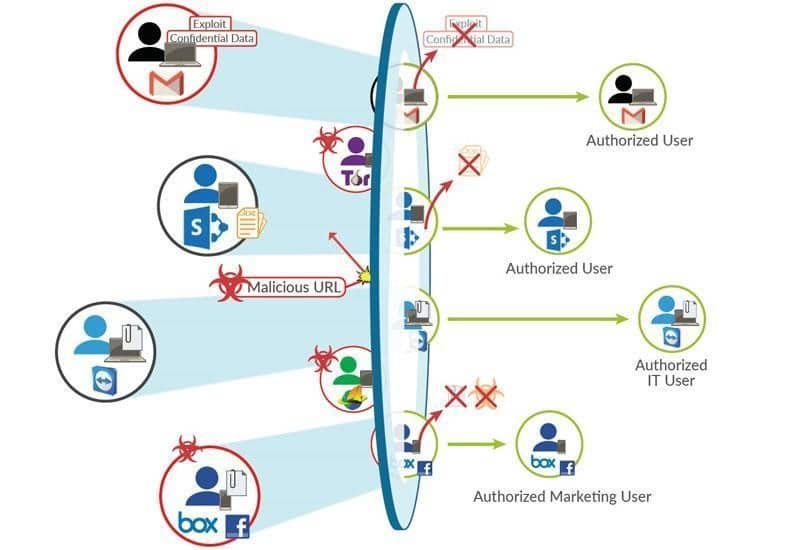

However, with network connectivity becoming more complex, several applications use multiple or various ports, making it extremely difficult for traditional firewalls to identify the targeted port. Old-style firewalls typically block common application ports or services on a network to control application access and monitor specific threats.

But what about internal threats? An out-dated firewall, coupled with an advanced anti-virus software, may prevent some - if not all external threats – but what’s happening inside your network could be more perilous to your business, and you may not even notice it’s there, until it’s too late.Ī next generation firewall (NGFW) is, as Gartner defines it, a “deep-packet inspection firewall that moves beyond port/protocol inspection and blocking to add application-level inspection, intrusion prevention, and bringing intelligence from outside the firewall.” While traditional firewalls provide a shield around your network, with incoming traffic being analysed to find out whether it should be allowed to enter. Firewalls prevent unauthorized internet users from accessing private networks connected to the internet, especially intranets.” You can implement a firewall in either hardware or software form, or a combination of both. “A firewall is a system designed to prevent unauthorized access to or from a private network. Which is why a next generation firewall should be a basic cyber security requirement and not just an optional upgrade. However, there are other factors which may at first not be that obvious and unknown to even an experienced IT Manager. Traditional firewalls can offer basic protection against external threats such as viruses, hackers and some malware, which your business must be protected from. With the world becoming almost completely dependent on the worldwide network that is the internet new threats are constantly emerging and evolving.


 0 kommentar(er)
0 kommentar(er)
